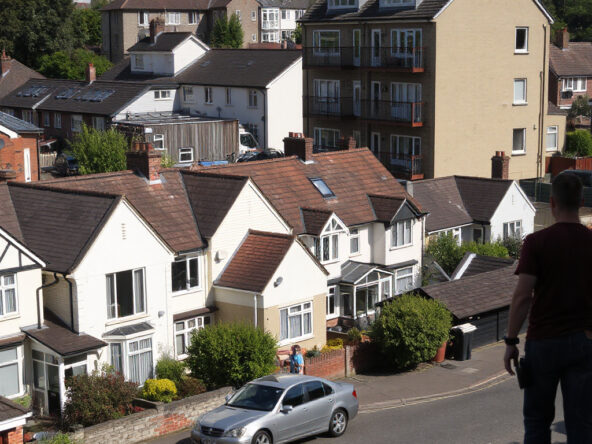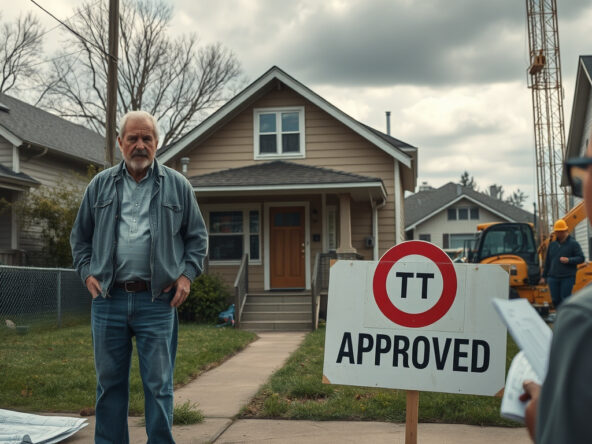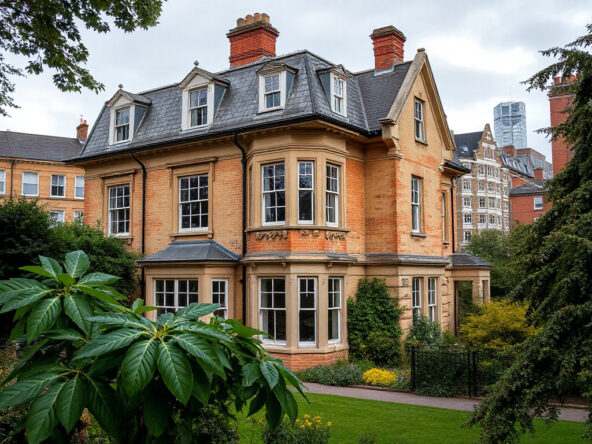Understanding the Council Tax Implications for Second Homes
Council tax is set to change for many property owners. Many who own a second home need to know what lies ahead. From April 2025, some areas in England will add a higher tax to second homes. Local councils act to free up homes in busy places that draw many holidaymakers.
Council Tax Changes for Second Homes
Since early 2024, new rules let councils add up to a 100% higher tax on second homes. This means home owners in some areas may see bills that double. Councils must warn owners one year before the new tax starts. Many landlords and second home owners may see a rise in their bills soon.
Some estimates show that a second home tax may jump from about £2,171 to around £4,342 per year. The exact bill will depend on where the home is and on council decisions.
Targets of the Tax Premium
The tax aims to free up houses in busy areas. Many local people find it hard to compete with buyers who have extra cash. More than 150 councils may use the higher tax, mostly in coastal and rural spots such as Cornwall, the Lake District, and parts of the South West.
In Scotland and Wales, similar rules already work. Councils there can charge up to double or even triple the usual tax for second homes. This change shows a move against owning many properties in areas with low housing supply.
Understanding Property Classifications
A home is seen as a second home when it meets these rules:
- The home is furnished.
- It is not used as the main residence.
Some councils may view homes in different ways. For example, a building without proper sanitary facilities might be classed as a second home. This can lead to high tax bills. Owners who doubt their home’s category should talk with their council or the Valuation Office Agency.
Impacts on Other Property Types
Owners must also know other rules based on the type of property:
-
Buy-to-Let Properties:
Tenants usually pay the council tax. This means landlords do not see these tax hikes. But if a home is used as a house in multiple occupation, the landlord must pay the tax. Landlords may add this cost to rent. -
Empty Properties:
Unfurnished homes that sit empty for over a year may also get a higher tax. The longer the home is empty, the higher the fee may get. -
Holiday Lets:
If a second home turns into a holiday let, the tax bill can change. These homes may pay business rates instead, which can be lower. Special rules decide this change.
Managing Council Tax Costs
For owners who see tax bills rise, finding a fix is needed. If the cost is too high, selling might be the best move. Changing a second home into a holiday let can cut the tax cost but may limit personal use. Some exemptions may help, such as for homes under major repair or those that are inherited.
Conclusion
Investors and home owners must note the changes in council tax. Higher charges will affect financial plans and investment choices. With many councils set to add the extra tax, staying informed is key. Check local council rules and know how your home is listed to manage the new tax plans well.



